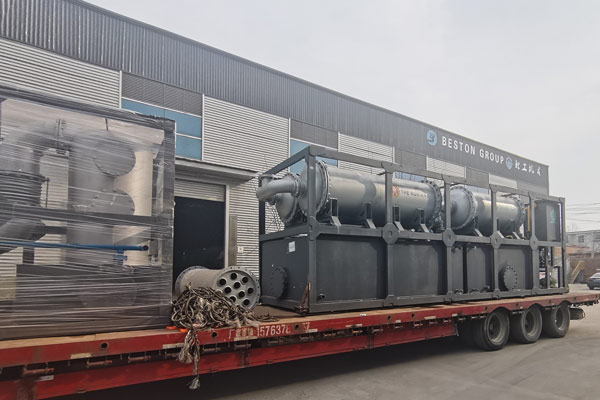As the world grapples with increasing waste generation and environmental concerns, innovative solutions for waste management and resource recovery are gaining traction. One such solution is the pyrolysis of used tires, which produces a valuable product known as Tyre pyrolysis oil. This article explores the process of generating Tyre pyrolysis oil, its composition, and its potential applications as a sustainable energy source.
I. The Process of Tyre Pyrolysis
Tyre pyrolysis is a thermal decomposition process that converts used tires into valuable byproducts. The process involves heating the tires in an oxygen-limited environment, causing them to break down into various substances. Among these substances, Tyre pyrolysis oil is a key product obtained from this pyrolysis process of a tyre oil plant.
II. Composition of Tyre Pyrolysis Oil
Tyre pyrolysis oil is a complex mixture of hydrocarbons with a composition that varies depending on the tire feedstock and the pyrolysis process conditions. The oil typically contains a range of hydrocarbons, including aliphatic and aromatic compounds. It may also contain sulfur, nitrogen, and other trace elements originating from the tire rubber.

III. Characteristics of Tyre Pyrolysis Oil
High Energy Content: Tyre pyrolysis oil possesses a high energy content, making it a potential substitute for traditional fossil fuels.
Viscosity and Density: The viscosity and density of tyre pyrolysis oil from tyre pyrolysis plant are higher than conventional fuels, which can impact its handling and combustion properties.
Chemical Stability: The presence of aromatic compounds contributes to the chemical stability of the oil, reducing the likelihood of degradation during storage.
IV. Applications of Tyre Pyrolysis Oil
Fuel for Industrial Processes: Tyre pyrolysis oil can be used as a fuel in industrial applications, such as boilers and furnaces, where its high energy content can contribute to efficient heat generation.
Electricity Generation: The oil can be utilized in power plants to generate electricity, providing a renewable and sustainable energy source.
Blending with Conventional Fuels: Tyre pyrolysis oil of tire recycling machine can be blended with diesel or other fuels to enhance their properties and reduce reliance on fossil fuels.
Production of Chemicals: The oil can serve as a feedstock for the production of various chemicals and petrochemical products, promoting a circular economy approach.

V. Environmental Impact
Waste Reduction: Tyre pyrolysis offers a practical solution for waste tire management, reducing the burden on landfills and the environmental hazards associated with tire disposal.
Lower Carbon Footprint: Utilizing Tyre pyrolysis oil as a fuel source can contribute to a lower carbon footprint compared to traditional fossil fuels, as it is derived from a waste stream.
VI. Challenges and Considerations
Despite its potential benefits, Tyre pyrolysis oil faces some challenges. The need for effective tire collection systems, the development of scalable pyrolysis technologies, and the improvement of oil quality are crucial considerations for its widespread adoption. Additionally, measures to minimize emissions during the pyrolysis process and the utilization of appropriate emission control technologies are essential for ensuring the environmental sustainability of this approach.
Visit BESTON GROUP CO., LTD. for more information.